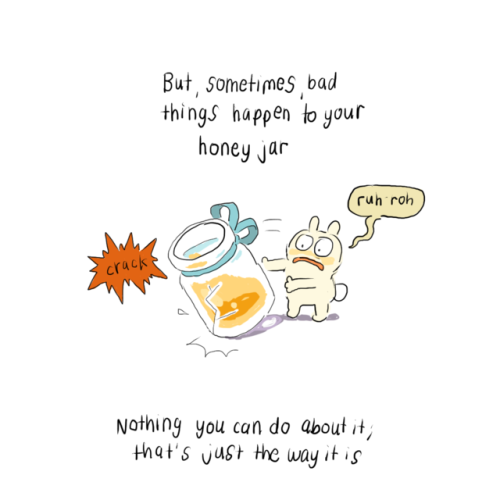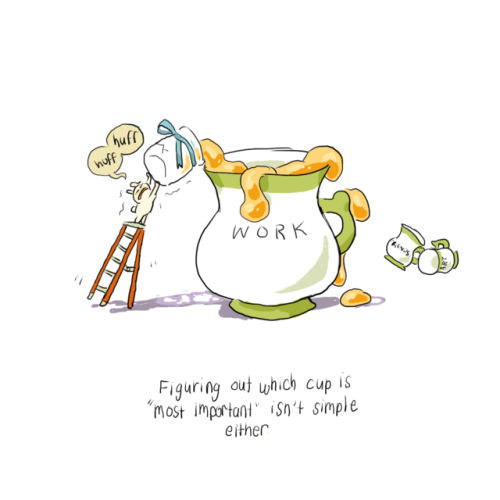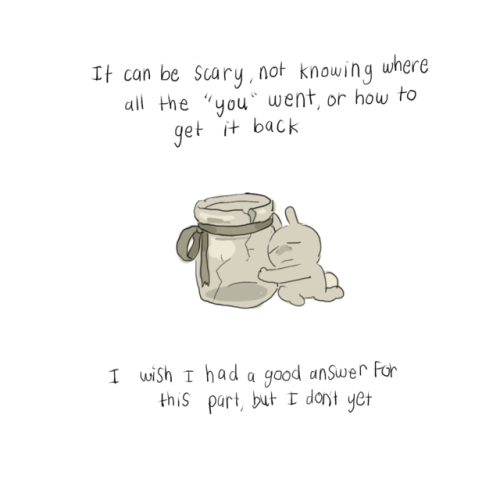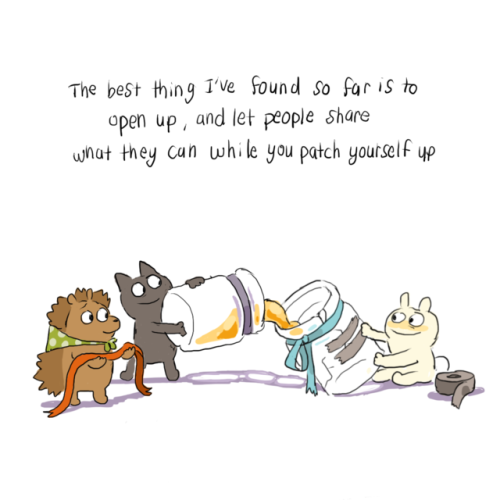Muhammad Ali, Then Known As Cassius Clay, Sits In The Back Sit Of A Car, James Drake, Louisville, USA,

Muhammad Ali, then known as Cassius Clay, sits in the back sit of a car, James Drake, Louisville, USA, 1963.
More Posts from Mysticcheesecakeballoon and Others

Thought I’d let you know Society6 is having another sale in case you want to take advantage:
Promo: 25% Off Everything With Code GIVEART25 Start: Sunday, 11/12/17 at 12:00am PT End: Monday, 11/13/17 at 11:59pm PT
{shop}
Passive income like this really helps me and other illustrators keep going and keep making work so if you’re on the hunt for holiday gifts already, I hope you’ll check out the sale!
If you like you can read [this book], and a lot of other science fiction, as a thought experiment. Let's say (says Mary Shelley) that a young doctor creates a human being in his laboratory; let's say (says Philip K. Dick) that the Allies lost the Second World War; let's say this or that is such and so, and see what happens... In a story so conceived, the moral complexity proper to modern novel need not be sacrificed, nor is there any built-in dead end; thought and intuition can move freely within bounds set only by the terms of the experiment, which may be very large indeed. The purpose of a thought experiment, as the term was used by the [physicists], is not to predict the future [...] but to describe reality, the present world. Science fiction is not predictive; it is descriptive. Predictions are uttered by prophets (free of charge); by clairvoyants (who usually charge a fee and are therefore more honored in their day than prophets); and by futurologists (salaried). Prediction is the business of prophets, clairvoyants, and futurologists. It is not the business of novelists. A novelist's business is lying. The weather bureau will tell you what next Tuesday will be like, and the Rand Corporation will tell you what the twenty-first century will be like. I don't recommend that you turn to the writers of fiction for such information. It's none of their business. All they're trying to do is tell you what they're like, and what you're like - what's going on- what the weather is now, today, this moment, the rain, the sunlight, look! Open your eyes; listen, listen. That is what the novelists say. But they don't tell you what you will see and hear. All they can tell you is what they have seen and heard, in their time in this world, a third of it spent in sleep and dreaming, another third of it spent in telling lies. [...] They may use all kind of facts to support their tissue of lies.They may describe the Marshalsea Prison, which was a real place, or the battle of Borodino, which was really fought, or the process of cloning, which really takes place in laboratories, or the deterioration of a personality, which is described in real textbooks of psychology; and so on. This weight of verifiable place-event-phenomenon-behavior makes the reader forget that he is reading a pure invention, a history that never took place anywhere but in that unlocalisable region, the author's mind. In fact, while we read a novel, we are insane- bonkers. We believe in the existence of people who aren't there, we hear their voice, we watch the battle of Borodino with them, we may even become Napoleon. Sanity returns (in most cases) when the book is closed. [...] In reading a novel, any novel, we have to know perfectly well that the whole thing is nonsense, and then, while reading, believe every word of it. Finally, when we're done with it, we may find - if it's a good novel- that we're a bit different from what we were before we read it, that we have been changed a little, as if by having met a new face, crossed a street we never crossed before. But it's very hard t say just what we learned, how we were changed. The artist deals with what cannot be said in word.
Ursula Le Guin, Introduction,The Left Hand of Darkness, 1976.
Debout, Gabriel médita puis prononça ces mots: _ L'être ou le néant, voilà le problème. Monter, descendre, aller, venir, tant fait l'homme qu'à la fin il disparaît. Un taxi l'emmène, un métro l'emporte, la tour n'y prend garde, ni le Panthéon. Paris n'est qu'un songe, Gabriel n'est qu'un rêve (charmant), Zazie le songe d'un rêve (ou d'un cauchemar) et toute cette histoire le songe d'un songe, le rêve d'un rêve, à peine plus qu'un délire tapé à la machine par un romancier idiot (oh! Pardon). Là-bas, plus loin – un peu plus loin – que la place de la République, les tombes s'entassent de Parisiens qui furent, qui montèrent, qui descendirent des escaliers, allèrent et vinrent dans les rues et tant firent qu'à la fin ils disparurent. (...) Mais que vois-je par-dessus les citrons empoilés des bonnes gens qui m’entourent ?
Raymond Queneau, Zazie dans le métro, 1959.
Le vingt-cinq septembre douze cent soixante-quatre, au petit jour, le duc d’Auge se pointa sur le sommet du donjon de son château pour y considérer, un tantinet soit peu, la situation historique. Elle était plutôt floue. Des restes du passé traînaient encore çà et là, en vrac. Sur les bords du Ru voisin, campaient deux Huns; non loin d’eux un Gaulois, Eduen peut-être, trempait audacieusement ses pieds dans l’eau courante et fraîche. Sur l’horizon se dessinaient les silhouettes molles de Romains fatigués, de Sarrasins de Corinthe, de Francs anciens, d’Alains seuls. Quelques Normands buvaient du calva. Le duc d’Auge soupira, mais n’en continua pas moins d’examiner attentivement ces phénomènes usés. Les Huns préparaient des stèques tartares, le Gaulois fumait une gitane, les Romains dessinaient des grecques, les Sarrasins fauchaient de l’avoine, les Francs cherchaient des sols et les Alains regardaient cinq Ossètes. Les Normands buvaient du calva. _ Tant d’histoire, dit le duc d’Auge au duc d’Auge, tant d’histoire pour quelques calembours, pour quelques anachronismes. Je trouve cela misérable. On n’en sortira donc jamais?
Raymond Queneau, Les fleurs bleues, 1965.




Fukugawa Hachiman Matsuri, Tokyo, Japan, 2015.
Source: Mystic Cheesecake Balloon

Source: “BestSellers”, Book covers by Hugleikur Dagsson.

Roberto Monténégro, Ville dans la Brume, 1911, huile sur toile, musée régional de Guadalajara, Guadalajara.
Source: “Mexique (1900–1950)”, du 5 Octobre 2016 au 23 Janvier 2017, Galeries nationales du Grand Palais, Paris.

André Masson, plafond de l’Odéon- théâtre de l’Europe, Paris, 1965.
Source: Mystic Cheesecake Balloon.
-
 halalevening liked this · 7 years ago
halalevening liked this · 7 years ago -
 riri62 liked this · 7 years ago
riri62 liked this · 7 years ago -
 mysticcheesecakeballoon reblogged this · 7 years ago
mysticcheesecakeballoon reblogged this · 7 years ago
Occasional traveller, full time dreamer. Teacher, optimist. Unicorns' lover and mail addict.
86 posts










